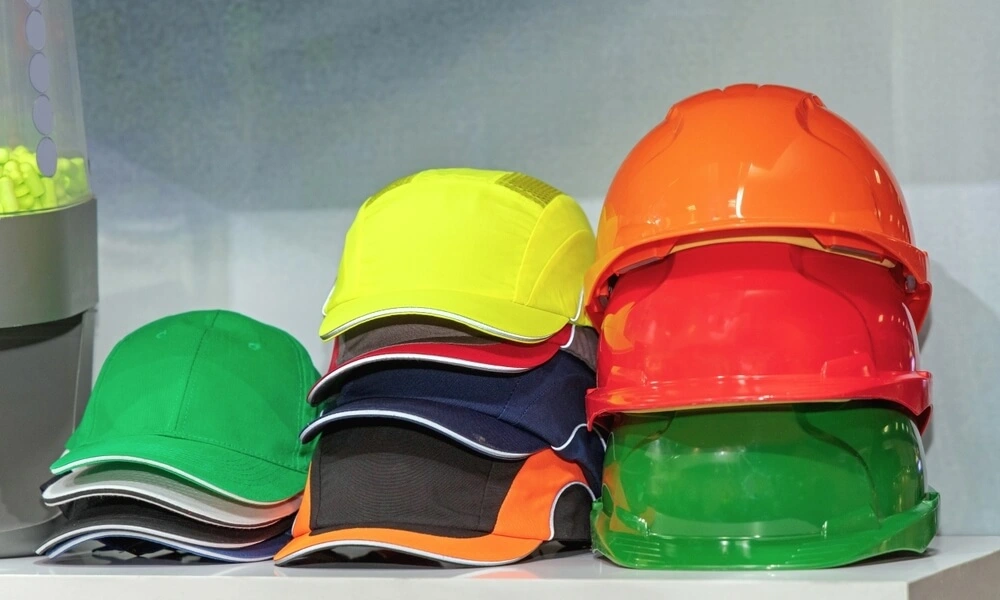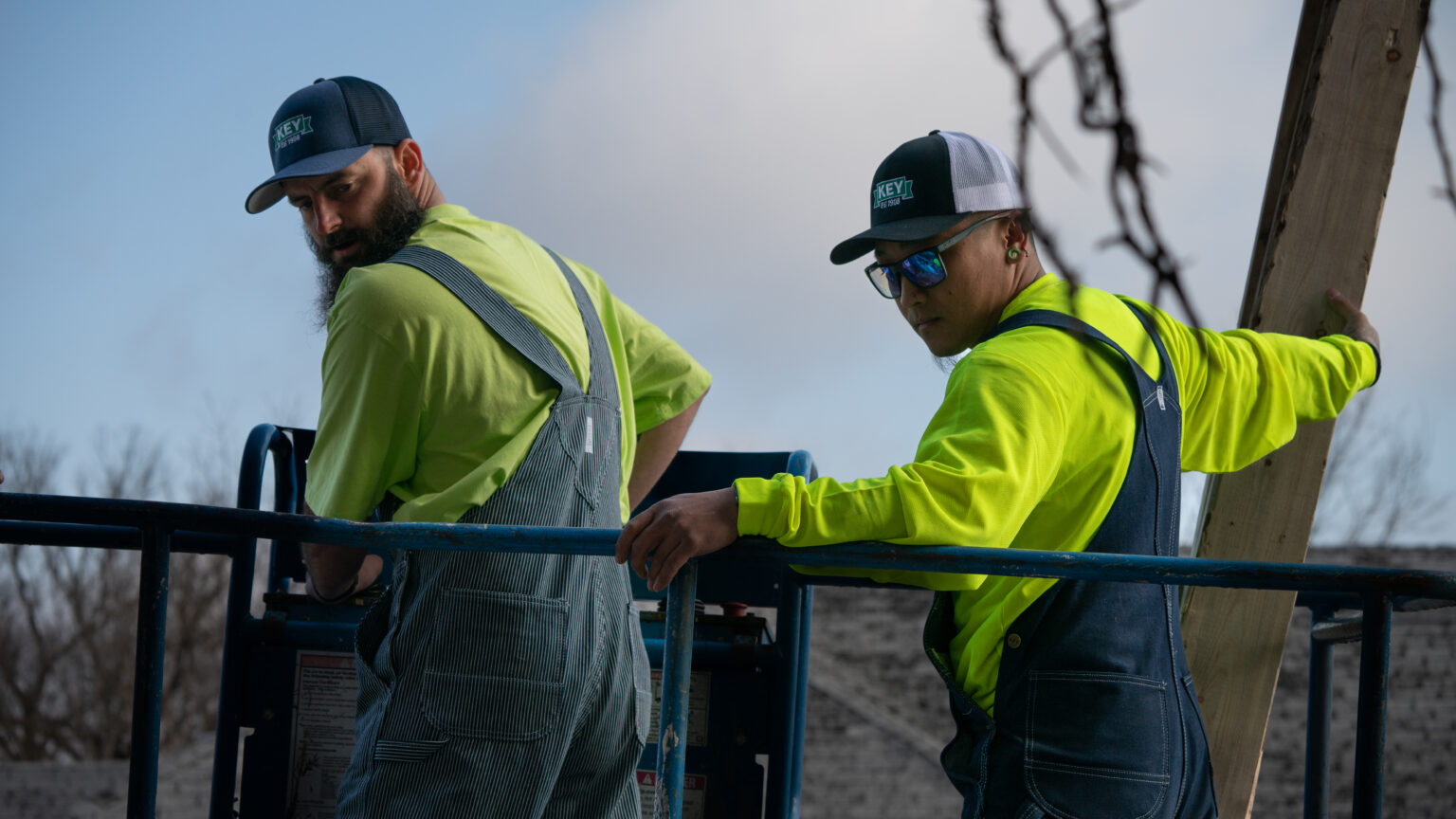If you’re working in low-clearance areas, bump caps offer a lightweight, effective solution for protecting your head from minor bumps and scrapes. In this guide, we’ll help you understand the differences between bump caps and hard hats, and show you how to choose the right cap for your needs.
By the end, you’ll have all the information you need to make an informed decision. Plus, we’ll point you to trusted suppliers like Juha Rantanen and Portwest to ensure you find the best options. Whether you’re in logistics, automotive, or warehousing, we’ve got you covered for your next safety gear purchase.
What Are Bump Caps?
Bump caps, also known as safety caps or head protection caps, are lightweight headgear designed to protect against minor head injuries.
Bump caps are ideal for use in low-clearance areas, providing effective protection against minor bumps and scrapes in a lightweight and comfortable design. Industries like logistics, automotive, and manufacturing widely use them.
The evolution of bump caps dates back to the need for a lighter, more comfortable alternative to traditional hard hats.
Originally designed as simple protective shells, modern bump caps incorporate advanced materials like ABS plastics and ergonomic designs.
Features such as enhanced ventilation, moisture-wicking liners, and stylish aesthetics have significantly improved their functionality and wearer experience over the years.
Common Uses:
- Preventing head injuries in confined spaces.
- Safeguarding against bumps while working under vehicles.
- Enhancing safety in warehouse environments.
Explore a variety of bump caps at our product category page.
Bump Caps vs. Hard Hats

While both bump caps and hard hats offer head protection, they serve different purposes. Hard hats are designed for heavy-duty protection against falling objects, whereas bump caps are better suited for specific environments where heavy-duty protection isn’t necessary.
| Feature | Bump Caps | Hard Hats |
| Protection Level | Minor bumps and scrapes | protection against heavy impacts and falling debris |
| Weight | Lightweight | Heavier |
| Industries | Warehousing, logistics, automotive | Construction, heavy manufacturing |
For example, if you work in a warehouse with low-clearance shelving, a bump cap is ideal. On the other hand, if you’re at a construction site, a hard hat is important to meet safety standards and provide reliable protection.
Learn more about these differences in our related article: Bump Caps vs. Hard Hats: What’s the Difference and When to Use Each.
Key Features to Consider
When purchasing a bump cap, it’s essential to evaluate the following features:
- Material and Durability: Look for caps made from impact-resistant plastics or ABS materials. These materials ensure lightweight protection and long-lasting performance. Brands like Portwest and Skydda offer durable options suitable for various environments.
- Comfort: Adjustable straps, ventilation, and padded inserts enhance comfort during long hours of use. For instance, KASK Deutschland provides models with advanced ventilation systems for added comfort.
- Design: Choose between baseball-cap style bump caps or more traditional designs depending on your aesthetic and functional preferences. The baseball-cap styles from Juha Rantanen blend well with casual workwear while offering adequate protection.
- Compliance: Ensure your bump cap meets European safety standards like EN 812. Models from Portwest are known for strict adherence to these standards.
Adding a visual chart comparing popular models by features can further simplify decision-making for readers. When purchasing a bump cap, it’s essential to evaluate the following features:
Top Bump Cap Suppliers in Europe
Europe is home to leading suppliers of high-quality bump caps. Here are some of the top options:
- Juha Rantanen: Renowned for ergonomic and durable designs that prioritize user comfort and versatility.
- KASK Deutschland: Offers innovative and stylish headgear solutions with advanced ventilation systems and customizable designs.
- Portwest: Specializes in lightweight and affordable bump caps, perfect for industries requiring high mobility and comfort.
- Skydda: Known for providing high-performance safety gear with a focus on durability, modern aesthetics, and extended wear comfort.
Including user reviews or ratings for these suppliers can further help readers make an informed decision.
Industries and Applications
Bump caps are widely used in industries that prioritize head protection in confined or low-clearance areas. Below are common industries and their applications:
- Construction: Working in unfinished interiors with protruding beams.
- Manufacturing: Operating under machinery and assembly lines.
- Warehousing & Logistics: Navigating spaces with low-hanging obstacles.
- Automotive: Performing maintenance in vehicle pits.
Highlighting real-world case studies or testimonials from professionals in these industries could add credibility and relevance. Including a diagram or link to a sizing chart can make this section more actionable for readers, allowing them to visualize proper fit and select the right size with confidence.
Sizing and Fit
Ensuring a proper fit enhances both the protective capabilities and the comfort of your bump cap, allowing you to wear it confidently throughout your tasks.
Most bump caps come with adjustable sizing mechanisms to accommodate a variety of head sizes. Refer to the manufacturer’s sizing chart to find your perfect fit.
Including a diagram or link to a visual sizing guide can make this section more user-friendly. For instance, pairing bump caps with hi-vis jackets can improve visibility while offering head protection in low-light environments.
Similarly, using cut-resistant gloves ensures hand safety during tasks that also pose a risk of head injuries.
By combining safety shoes with bump caps, workers in warehousing can safeguard against enhanced stability and protection from accidental bumps, enhancing overall workplace safety by combining different protective measures.
Related Safety Gear
For comprehensive workplace safety, consider pairing your bump cap with other essential gear:
- Hard Hats and Safety Helmets: For high-impact environments.
- Headlamps: Enhance visibility in dimly lit areas.
- Hi-Vis Jackets: Stay visible in busy worksites.
- Cut-Resistant Gloves: Protect hands while handling sharp objects.
- Safety Shoes: Provide slip resistance and toe protection.
Expand this section with examples of how these items work together in specific job scenarios.
Additional Resources
For more guidance on selecting safety gear, check out these articles:
Providing links to video demonstrations or user reviews could enhance this section by offering practical insights and real-world applications. Additionally, encourage readers to consult customer reviews or seek expert advice to ensure they select the most suitable bump cap for their specific needs.
Conclusion
We hope this guide has provided valuable insights into choosing the right bump cap, from understanding key features to selecting the best options for your work environment. Whether you’re working in logistics, automotive, or warehousing, we’re here to support your safety needs.
Explore the full range of bump caps, where trusted brands like Juha Rantanen, KASK Deutschland, and Portwest are ready to provide you with the perfect fit.
Have questions or need advice on selecting the ideal bump cap? Don’t hesitate to reach out—we’re always here to help ensure your safety and comfort with every purchase.
– The Droppe Team
Frequently Asked Questions
Yes, bump caps can easily be worn alongside other safety gear like safety glasses, hearing protection, and hi-vis jackets.
Most bump caps come with adjustable straps to fit a wide range of head sizes comfortably.
Bump caps are primarily designed for indoor environments with low-clearance areas. For outdoor use, consider hard hats for added protection.
Bump caps are typically easy to clean with mild soap and water. Always check the manufacturer’s guidelines for specific care instructions.
Yes, many bump caps meet European safety standards like EN 812, ensuring reliable protection for low-risk environments. Learn more about EN Standards from this guide in Wikipedia.

















